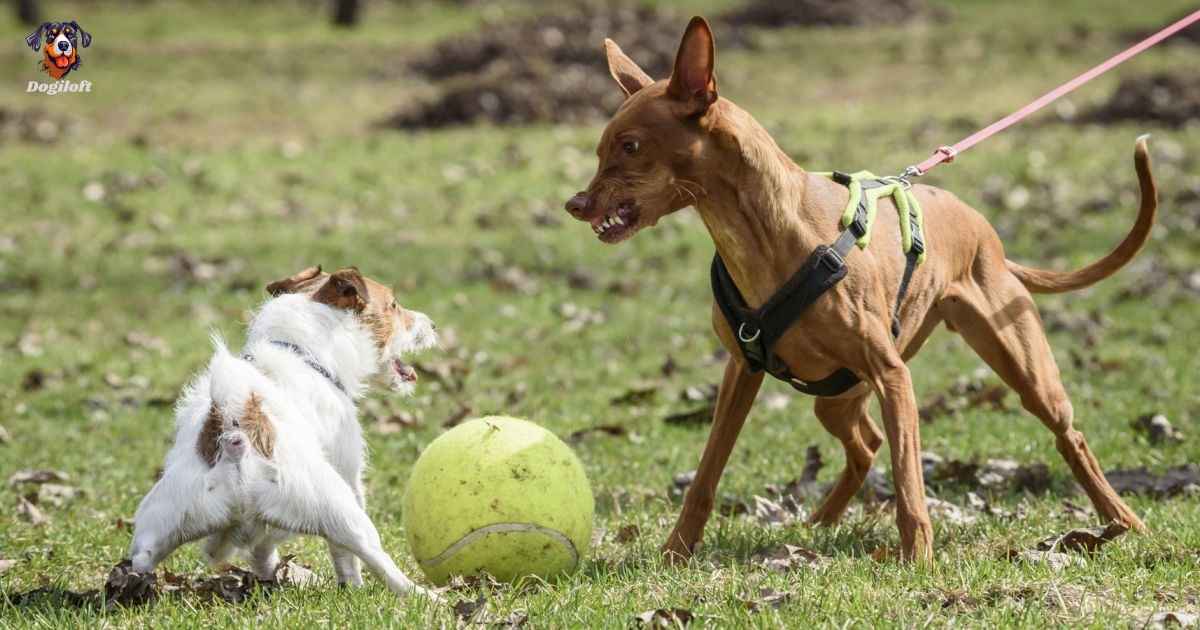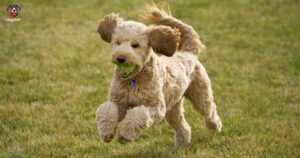Introduction
Picture this: You’re halfway through a peaceful walk when your dog spots another pup. Suddenly, they’re lunging, barking, and spinning like a tornado on a leash. Sound familiar? Reactive dogs aren’t “bad” – they’re overwhelmed. Unlike aggression, reactivity stems from fear, frustration, or overstimulation, not malice. Let’s unpack what makes dogs reactive and how you can turn chaos into calm.
What Is a Reactive Dog?
A reactive dog overreacts to everyday stimuli (like strangers, noises, or other dogs) with intense emotional responses. These reactions often include:
- Barking or growling
- Lunging forward
- Pacing or spinning
- Whining or hyperventilating
Key Insight: Reactivity is emotional dysregulation, not intentional aggression. As Jo Sellers, founder of Pippin Pets Dog Training, explains: “They’ve resorted to extreme behaviors because their early warning signs were ignored.
Read More About: Improving the Dog/Human Relationship
| Reactive Dog | Aggressive Dog |
|---|---|
| Fear-based responses | Intent to harm |
| Stiff posture, high-pitched barking | Snarling, fixed stare |
| Recovers faster with distance | Sustained threat behaviors |
Spotting Reactivity: Body Language Decoded
Physical Signs:
- Ears: Pinned back (fear) or forward (excitement)
- Tail: Tucked (fear) or high/rapid wagging (overstimulation)
- Eyes: Dilated pupils or “whale eye” (showing whites)
Behavioral Red Flags:
- Barking non-stop at joggers
- Leash-pulling toward other dogs
- Hiding behind owners during storms
Common Triggers:
- Other animals (67% of cases)
- Loud noises (sirens, fireworks)
- Unfamiliar environments
Why Dogs Become Reactive: 4 Root Causes
1. Genetic Predisposition
Herding breeds like Border Collies may react to moving objects instinctively, while anxious parents can pass cortisol sensitivity to puppies.
2. Traumatic Experiences
A dog attacked by an off-leash pet might later bark at all passing dogs. Rescue dogs often develop reactivity from kennel stress or past neglect.
3. Poor Socialization
Puppies lacking exposure to diverse sounds/people before 16 weeks often become fearful adults. One study found unsocialized dogs are 3x more likely to react to strangers.
4. Barrier Frustration
Leashes, fences, or windows can amplify reactions. A dog that’s calm off-leash might lunge when restrained.
Read This: What Home Remedy Can I Give My Dog for Diarrhe?
Training Strategies That Actually Work
Immediate Crisis Management
- Stay Calm: Your anxiety feeds theirs. Breathe deeply and avoid jerking the leash.
- Create Distance: Cross the street or step behind a barrier.
- High-Value Treats: Use chicken or cheese to redirect focus.
Long-Term Solutions
Sub-Threshold Training (The Gold Standard):
- Start where your dog notices triggers but doesn’t react (e.g., 50 feet from other dogs).
- Reward calm behavior with treats.
- Gradually decrease distance over weeks.
Equipment Toolkit:
- Front-clip harness (better control)
- Double-ended leash (prevents escape)
- Martingale collar (safe for pullers)
Pro Tip: “Work below threshold 100% of the time. Forced exposure worsens reactivity,” advises Noble Canine trainers6.
Reactivity vs Aggression: Know When to Seek Help
While reactivity is manageable at home, consult a certified behaviorist if you see:
- Snapping or biting attempts
- Resource guarding (food/toys)
- Unprovoked attacks
Case Study: A Labrador retriever barked at mail carriers daily. Through counter-conditioning (associating mail trucks with chicken), reactions dropped by 80% in 6 weeks.
Myths Debunked
❌ Myth: Let them work it out with other dogs.
✅ Truth: Unsupervised interactions often escalate fear.
❌ Myth: More exercise fixes reactivity.
✅ Truth: Over-exercised dogs become hyperaroused. Mental stimulation (puzzle toys) works better.
Conclusion: Hope on the Horizon
Reactive dogs aren’t broken – they’re asking for help. By understanding triggers, using science-backed training, and staying patient, you can help your pup feel safe. As trainer Jo Sellers reminds us: “Progress isn’t linear. Celebrate small wins – a calm sniff instead of a bark is victory.
Key Takeaways:
- Reactivity stems from emotion, not malice
- Sub-threshold training builds confidence
- Professional guidance prevents escalation








